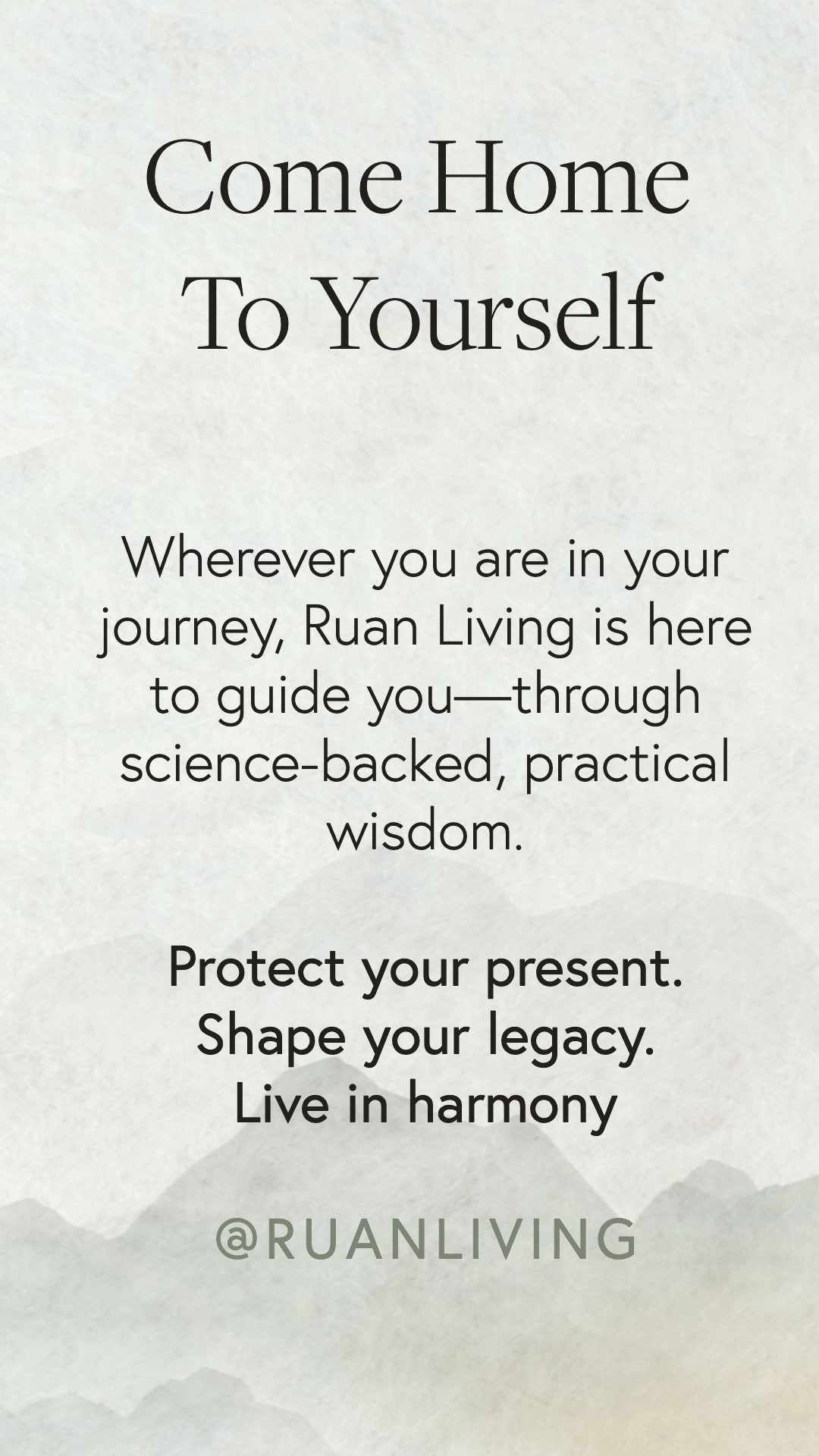
Tips for Finding Nontoxic Baby Shampoo
Oct 09, 2018by Angela Cummings and Sophia Ruan Gushée
When my son was first born, I had no idea baby shampoos could have toxic chemicals.
I wish I had known!
I might have prevented 8 years of illness.
Ear infections, sinus infections, and constant allergy symptoms lead doctors to believe my son had “bad allergies.” He was given allergy shots for 3 years.
Still sick.
Once I started using chemical-free products, such as nontoxic shampoos, the infections and “bad allergies” stopped.
What a relief that was!
This article explains what I learned about conventional baby shampoos, how they may be harmful to babies (and children and adults), and how to find nontoxic options.
What are the toxic chemicals in conventional baby shampoos?
Conventional baby shampoos have ingredients such as formaldehyde, parabens, synthetic fragrances, synthetic dyes, and petroleum-based ingredients. Below are a few things to know about these chemicals:
- Formaldehyde is a chemical in the volatile organic compound (VOC) family, known for off-gassing into the air continuously throughout the life of the product.
- Both formaldehyde and parabens are preservatives that extend the shelf life of products but may be toxic to babies, children, and adults.
- Synthetic fragrances and synthetic dyes are made of man-made chemical mixtures and can contain heavy metals.
How do they harm your babies?
Immediate and delayed health effects may be occurring.
We may see our baby break out in a rash, rub their eyes excessively, or have trouble breathing—all signs of immediate health effects.
Long-term health effects can build over time silently, showing themselves as cancer, development defects, and feminization of male babies later in life.
This list of health effects may be caused by the chemicals found in conventional baby shampoos:
- immune system toxicity
- respiratory irritation
- cancer
- neurotoxicant
- developmental toxicant
- hormone disruption
- endocrine disruptors
- feminization of US male babies
- respiratory distress
- central nervous system depression
- earaches in infants
- hormone disruption that may be linked to birth defects and lifelong reproductive damage
- skin, eye, and lung irritation
- allergic reactions
- damage the brain and nervous system
- dermatitis
- asthma symptoms
What are the nontoxic options?
There are a few ways to choose nontoxic baby shampoos. In order of “so easy!” to a little more time consuming, below are a few tips:
1. Organic castile soap. There are many uses for organic castile soap. One of those is shampoo.
It comes in unscented, baby fragrance, or other scents. If it’s certified organic, the fragrances are likely made of natural fragrances.
Products labeled “certified organic” must contain 95%-100% organic ingredients. That definition includes chemicals in the growing and production processes. It does not consider packaging.
2. Skin Deep database. The Environmental Working Group’s EWG Skin Deep database is useful for finding healthier store-bought products.
3. Sulfate, paraben, formaldehyde-free ingredients. Check the ingredients list for sulfates, parabens, and formaldehyde. Avoid them in shampoos. While the product may still contain risky chemicals, the risky exposures are likely to be less.
4. Stores with a good return policy. Shop at stores that have a friendly return policy. If you discover your baby’s shampoo has chemicals, return it to the store. Ask for a store credit or exchange the shampoo for a nontoxic one.
Related Content
Retailers Providing You With Safer Products. Listen to this podcast, or review the transcript at the link, to see which retailers are banning toxic chemicals from their store shelves.
🎁 unlock your ULTIMATE HOME DETOX™ starter pack
Download the Ultimate Home Detox™ Starter Pack—your free set of practical, science-backed tools to begin reducing toxic exposures in your everyday life.
- Nontoxic Cleaning Guide
- Forever Chemicals Detox Starter
- EMF Detox Challenge
- Safe Cookware Starter Kit
- Kitchen Detox Checklist
- Fertility / Pregnancy / Children's Detox
Join 349,000+ people who’ve turned to Ruan Living for trusted, practical nontoxic guidance. These resources have helped thousands begin their journey toward a healthier home—and they’re yours, free.
GET YOUR ULTIMATE HOME DETOX™ STARTER PACK NOWWe hate SPAM. We will never sell your information, for any reason.



